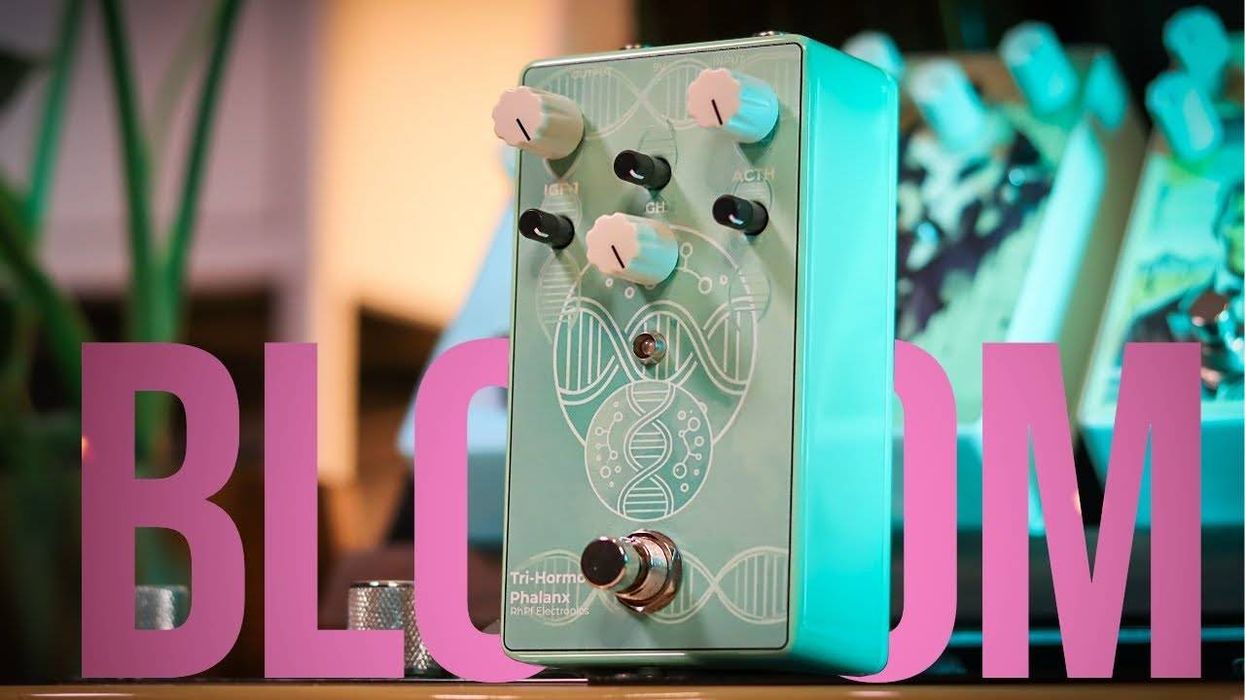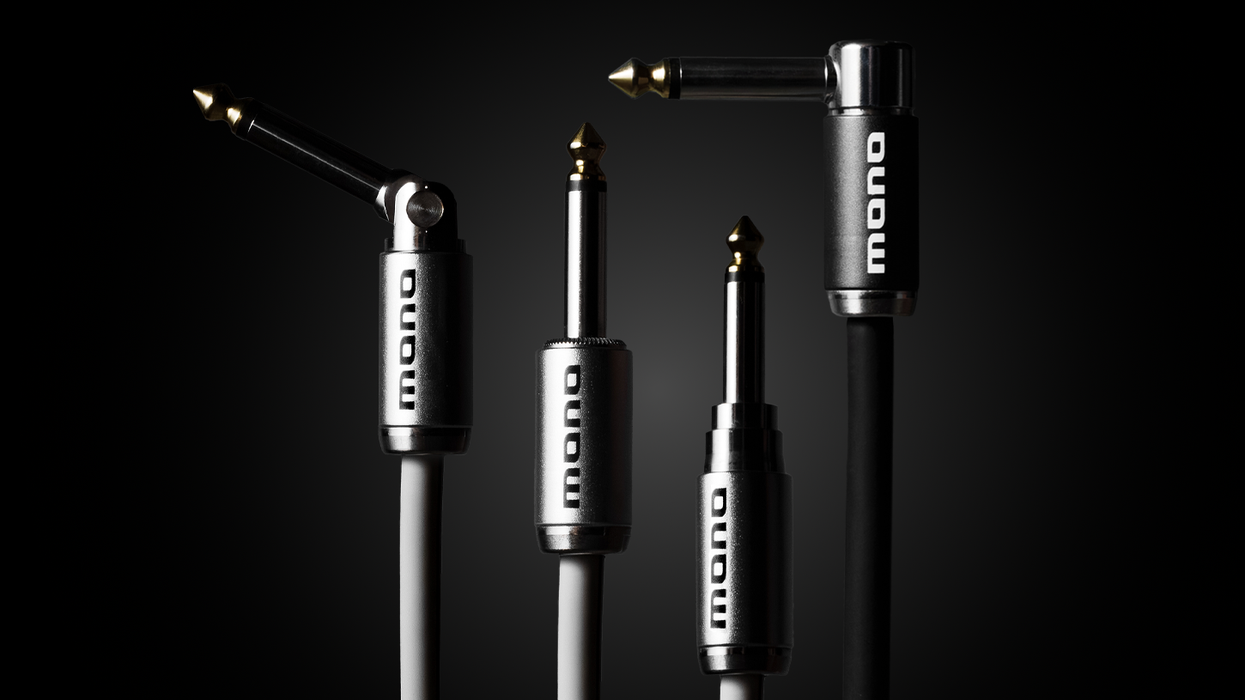This month we’ll examine a very rare and captivating stringed instrument from Gibson. At first glance, it appears to be some hybrid of a cello and an old-school bass guitar. The sales receipt that came with the instrument offers a few clues to its origins. The receipt is dated November 3, 1981, and the seller’s address reads “Gibson, 225 Parsons St., Kalamazoo MI 49007.” The instrument has a product number of 389999 and is described as a “Cello Bass.”
All this leads me to believe that someone at the former Gibson factory had an idea for a new instrument and began building a prototype—likely during the ’70s. Clearly it was an unfinished project that was later to be sold off “as is.” The groundwork was laid by Gibson, but there are still many mechanical designs to work through and questions to answer about how the original builder intended to make it all come together.
In my initial examination, I could see that the fretboard was not only previously slotted, but—thanks to telltale imprints from fret barbs—frets had been installed at one time. After they were extracted, a rosewoodcolored epoxy mix was applied to fill the empty slots.
The body and neck appeared to have no structural cracks, just some superficial scrapes and dings. Interestingly, the neck angle does not provide sufficient height to work with a cello-style bridge. I realized that before I could string up this cello bass, I’d need to design a bridge with a much lower profile. My plan is to sculpt a simple bridge—something with a traditional look that’s compatible with the instrument’s overall appearance.
The tuner holes have already been pre-drilled for a geared bass guitar machine, as opposed to the friction pegs you find on cellos and upright basses. I’ll use Madagascar ebony for making the nut and selected maple for the bridge. At this time, I’m hoping to use a traditional cello tailpiece and an adjustable steel endpin. We shall see!
Restoration and rebuilding jobs always begin with careful measurements. I was really looking forward to determining the thickness range of the carved top. For measuring assembled instruments, I use the Hacklinger Thickness Gauge (item #4090 from stewmac.com). A precision tool, the gauge is calibrated for thicknesses up to 8 mm and accurate to 0.1 mm. This tool helps luthiers graduate tops, backs, and sides, and it’s also great for measuring vintage instruments without damaging them.
Gibson Cello
Bass Specs
• 34"-scale rosewood fretboard
with a 7.25" radius and plastic
dot inlays
• Three-piece neck consisting of
a maple/rosewood/maple laminate
• Cello scroll headstock
• Two-piece quartersawn Sitka
spruce top with maple sides and
bookmatched flame-maple back
• Laminated wood purfling on top
and back
• Two parallel Sitka spruce tone
bars that run longitudinally
underneath the soundboard
It works like this: A small plastic-coated magnet placed inside the instrument is attracted by a magnet in the gauge that rests on the soundboard. You measure how far these magnets are separated and this distance is expressed in millimeters. The interior magnet follows the movement of the gauge along the top, even over braces up to 20 mm thick.
To protect the soundboard’s finish, I inserted a 1.5" x 1.5" piece of cotton polishing cloth between the underside of the gauge and the instrument. Then I simply moved along the top, recording the measurements on a sheet of paper. Using the Hacklinger, I determined that the top of this Gibson cello bass measures between 4.3 mm and 6.5 mm in thickness.
Rather than over-think this project, I simply want to come up with a reasonable and logical solution for completing an unusual instrument that was started 30-plus years ago. I look forward to sharing my progress in next month’s column. John Brown is the
inventor of the Fretted/Less
bass. He owns and operates
Brown’s Guitar Factory,
a guitar manufacturing,
repair, and restoration facility
staffed by a team of talented
luthiers. His guitar-tool and accessory designs
are used by builders all over the world. Visit
brownsguitarfactory.com or email John at
info@brownsguitarfactory.com.
John Brown is the
inventor of the Fretted/Less
bass. He owns and operates
Brown’s Guitar Factory,
a guitar manufacturing,
repair, and restoration facility
staffed by a team of talented
luthiers. His guitar-tool and accessory designs
are used by builders all over the world. Visit
brownsguitarfactory.com or email John at
info@brownsguitarfactory.com.




![Rig Rundown: AFI [2025]](https://www.premierguitar.com/media-library/youtube.jpg?id=62064741&width=1245&height=700&quality=70&coordinates=0%2C0%2C0%2C0)












 Shop Scott's Rig
Shop Scott's Rig















































